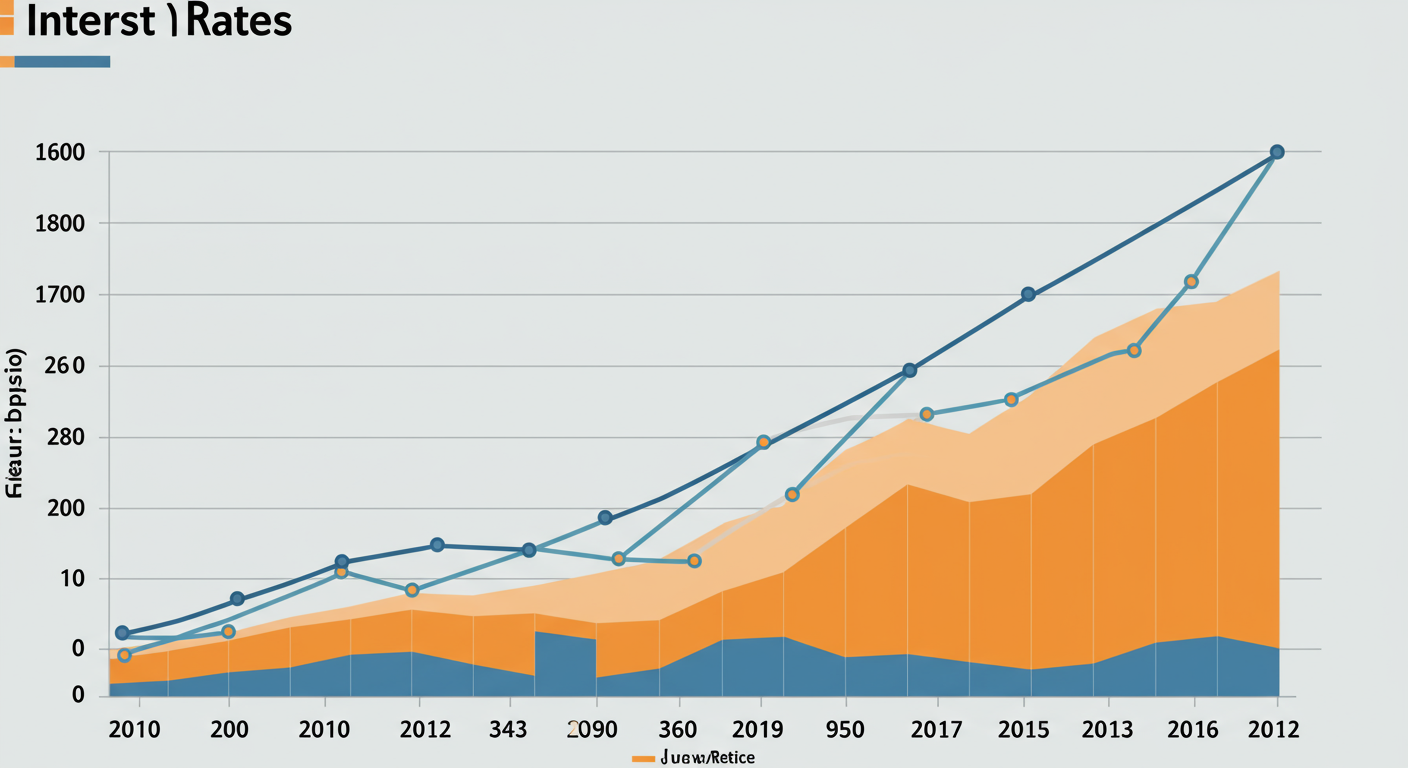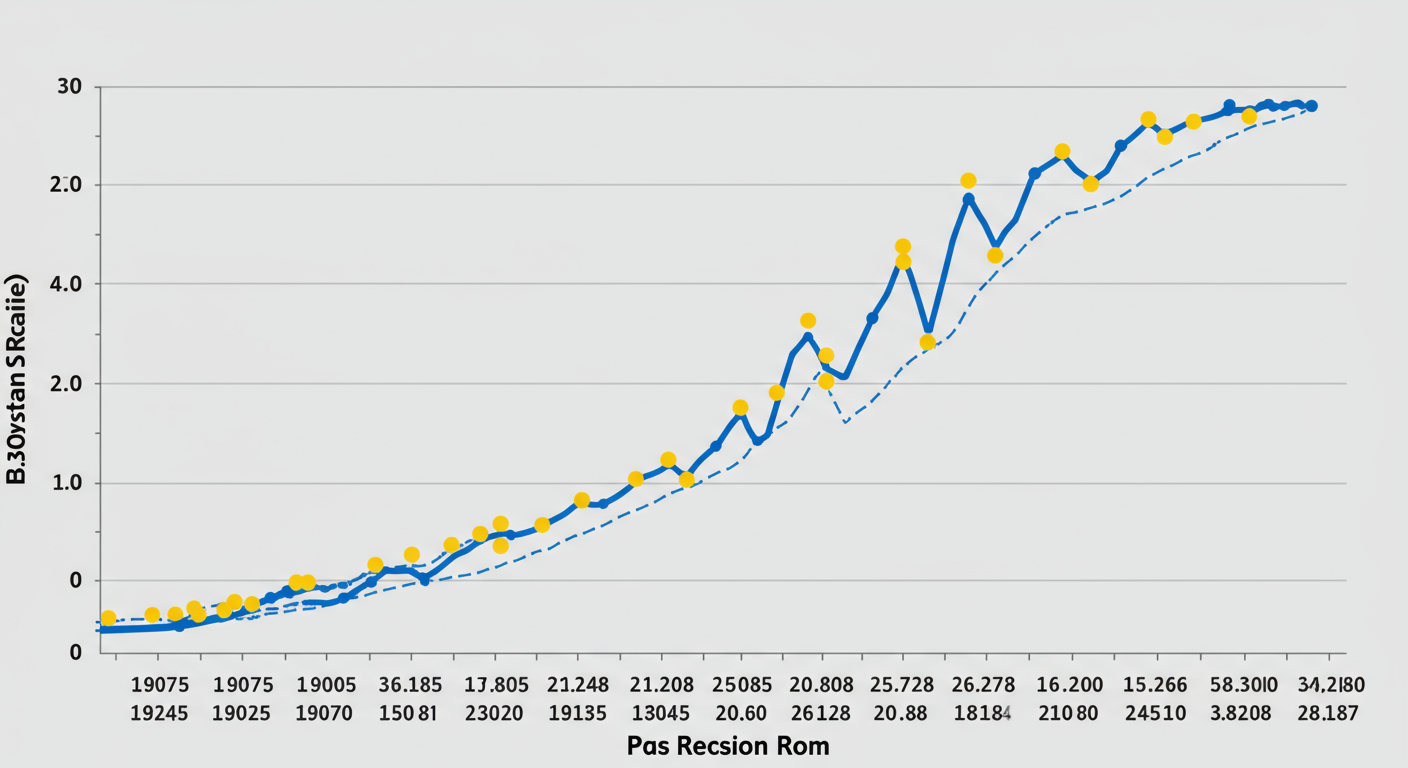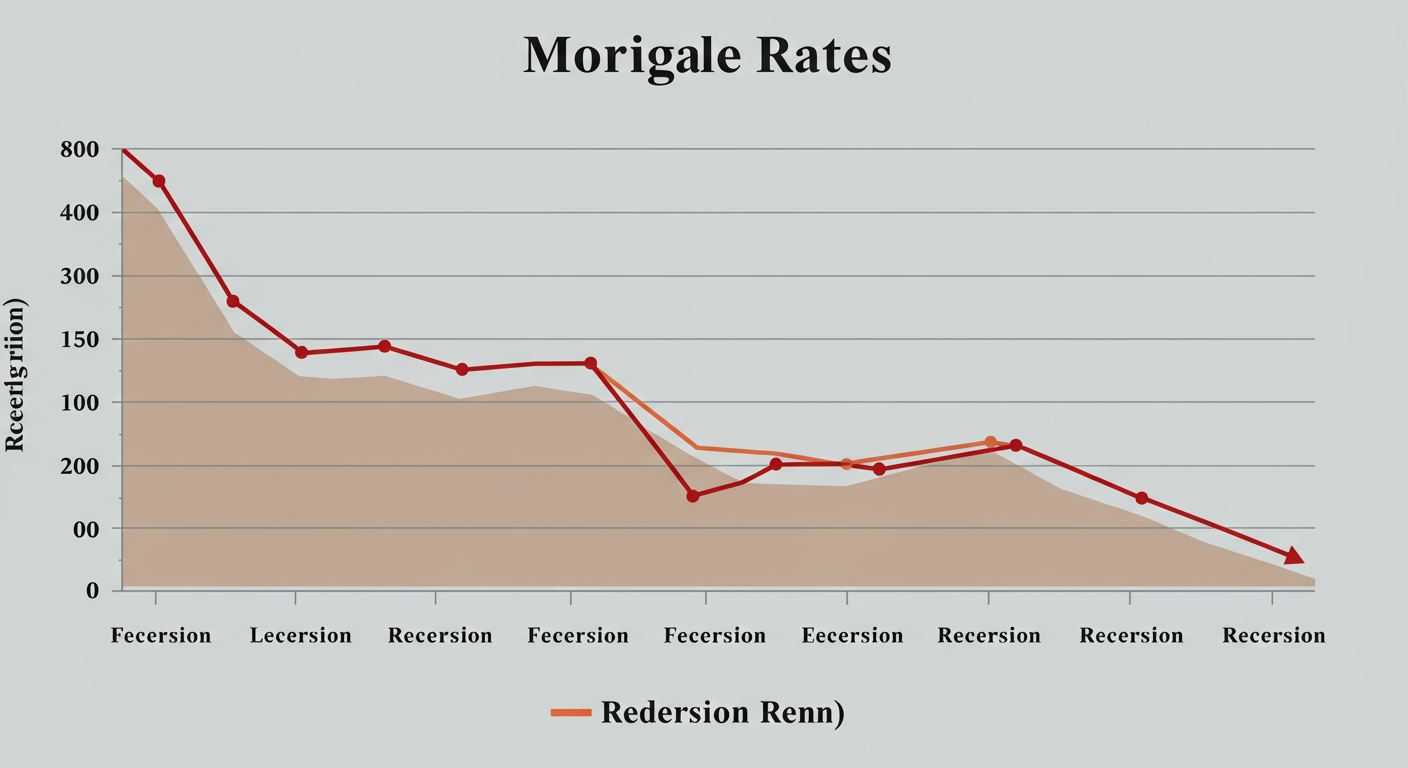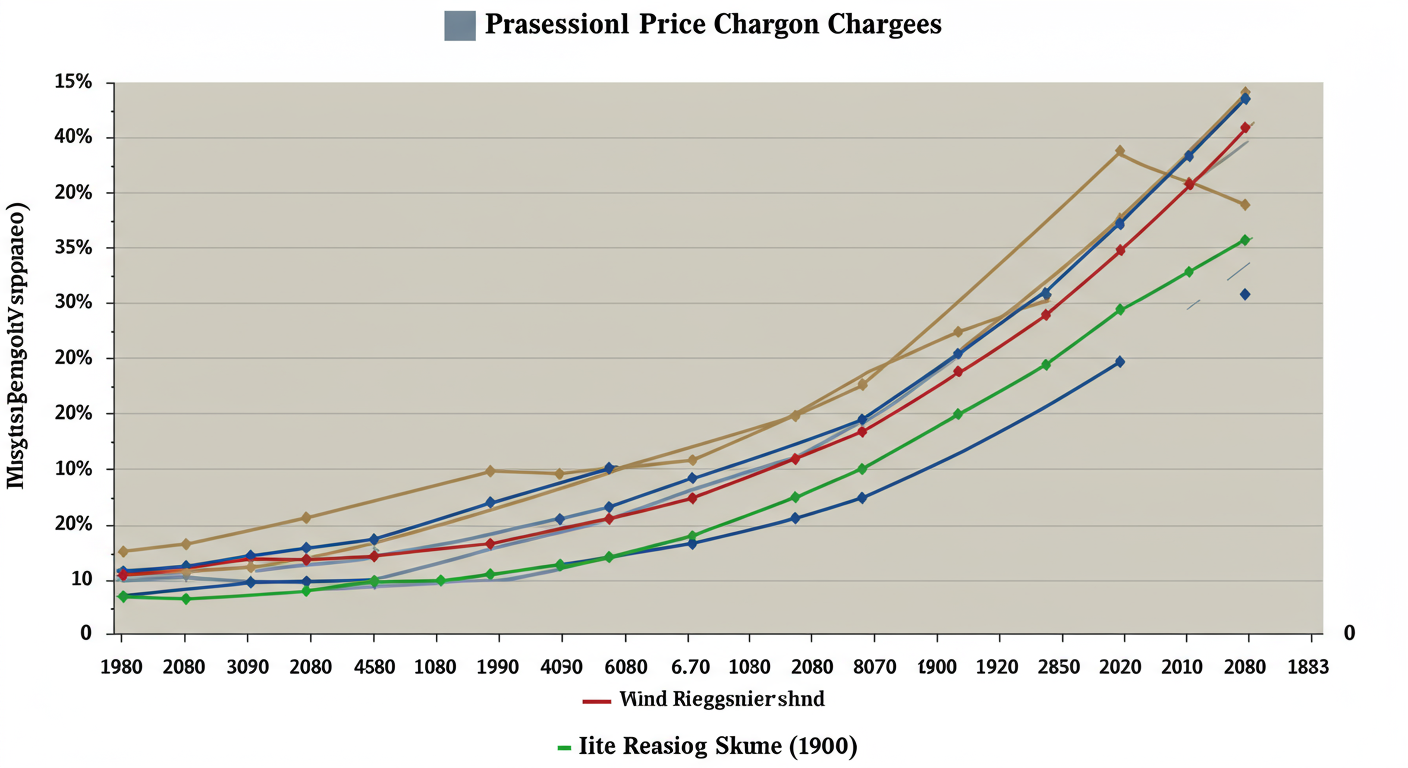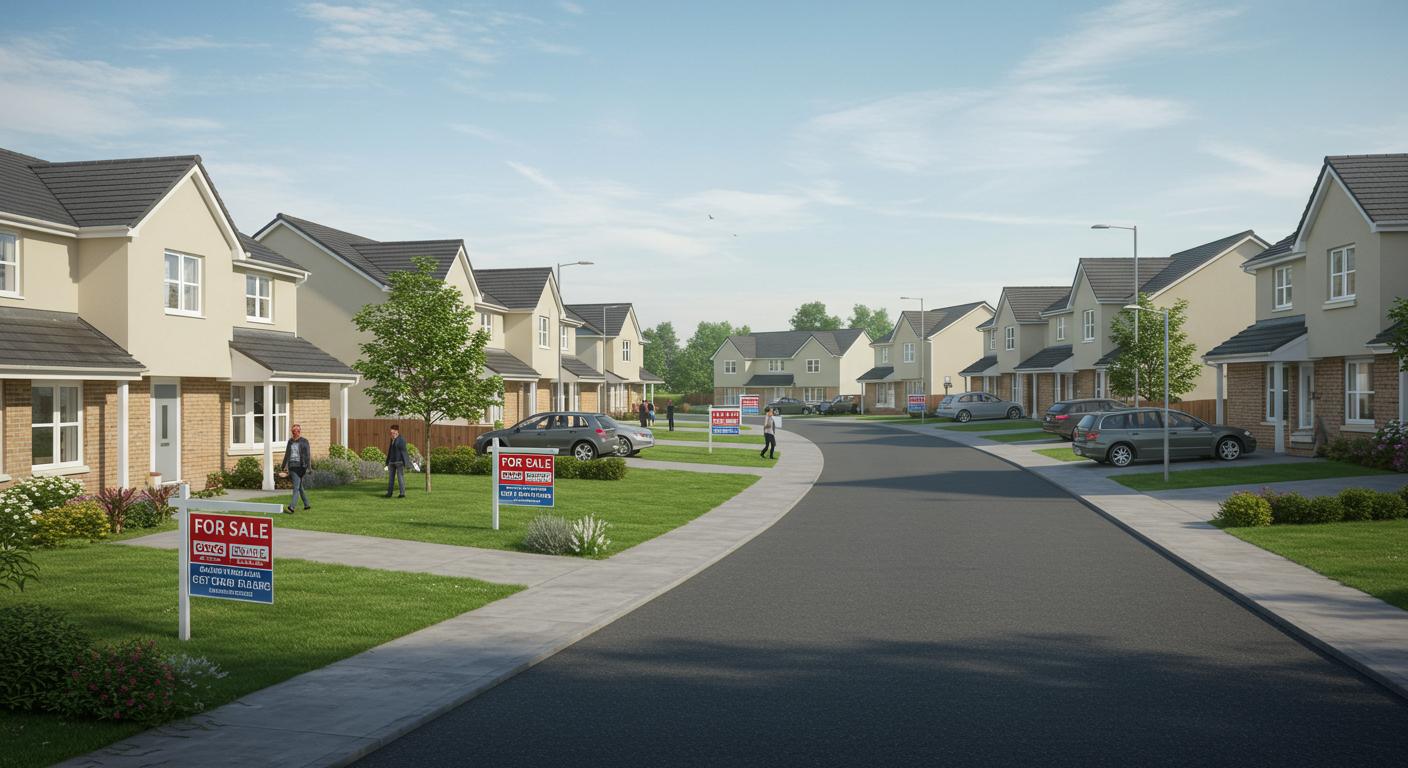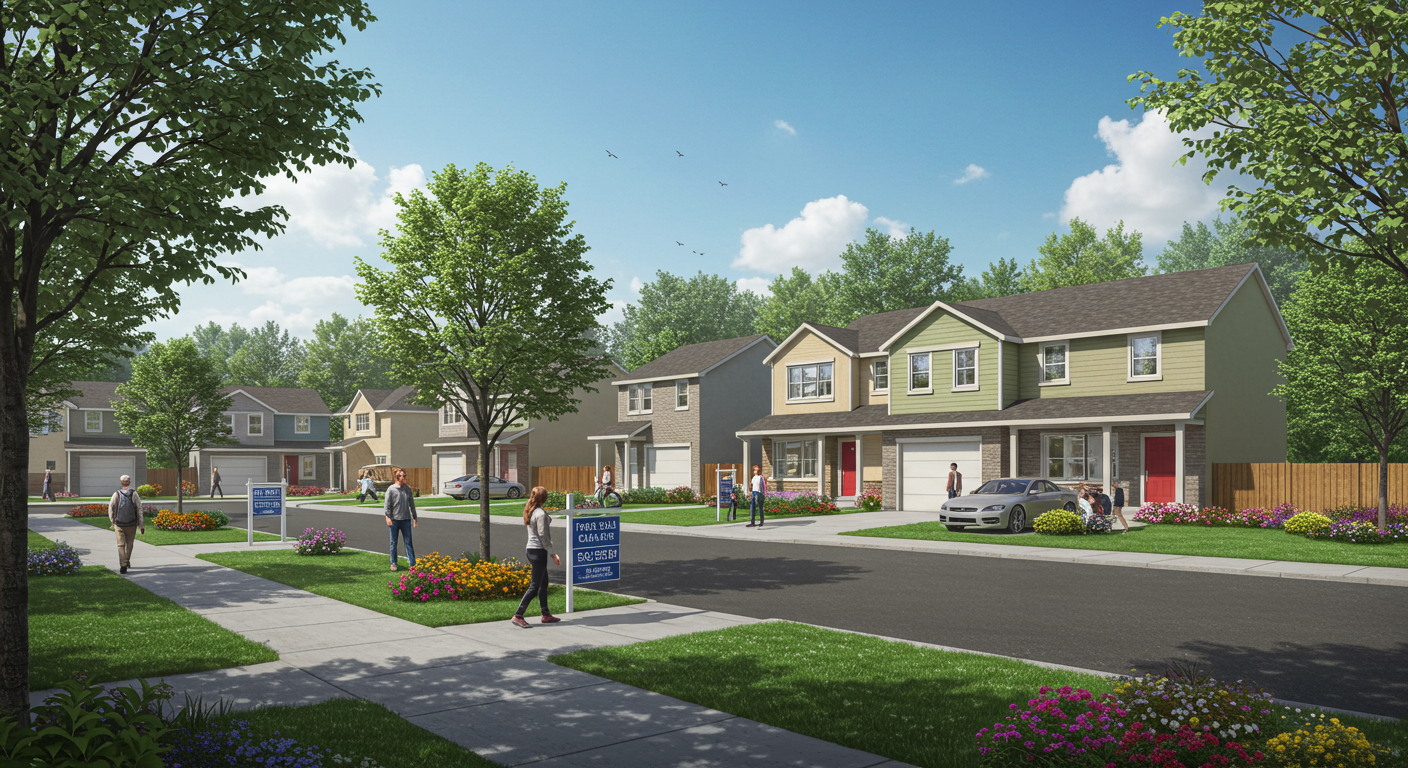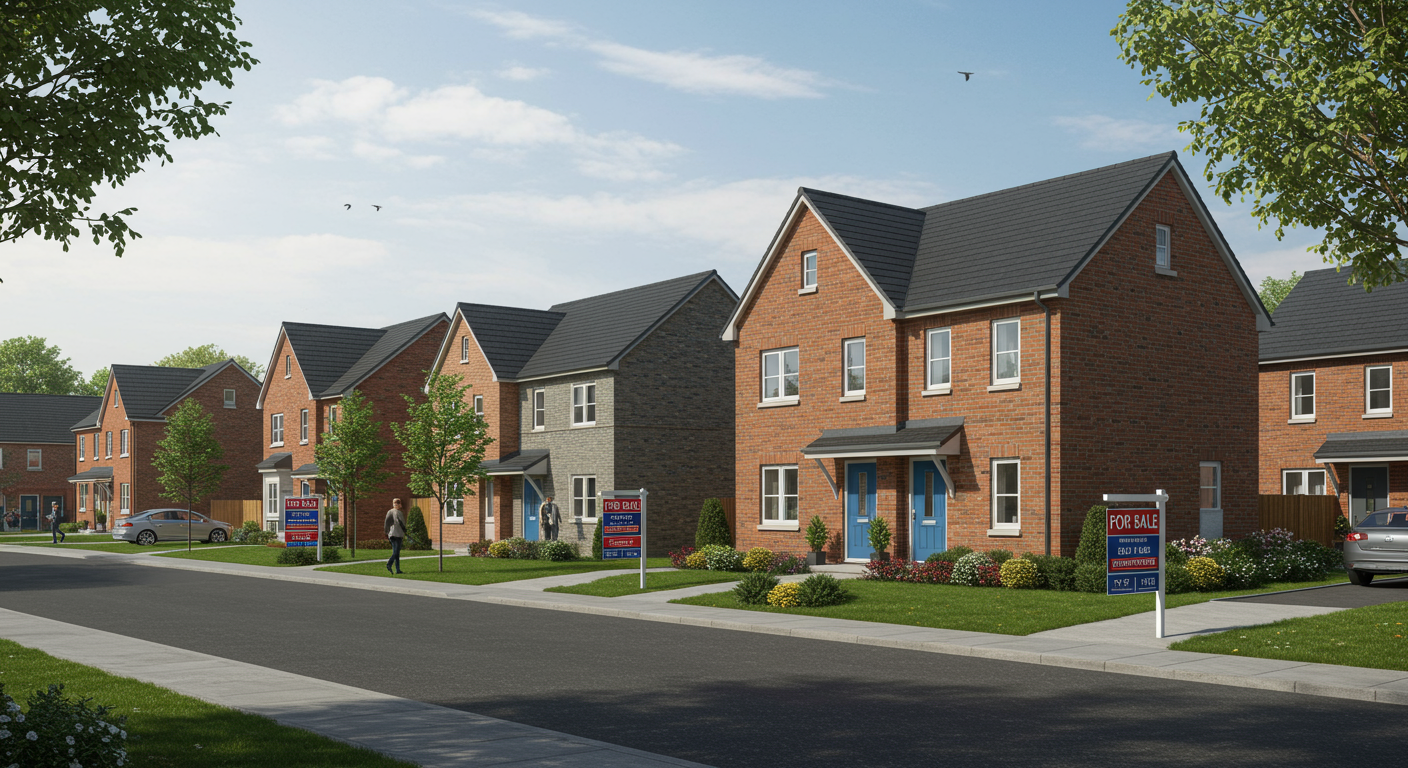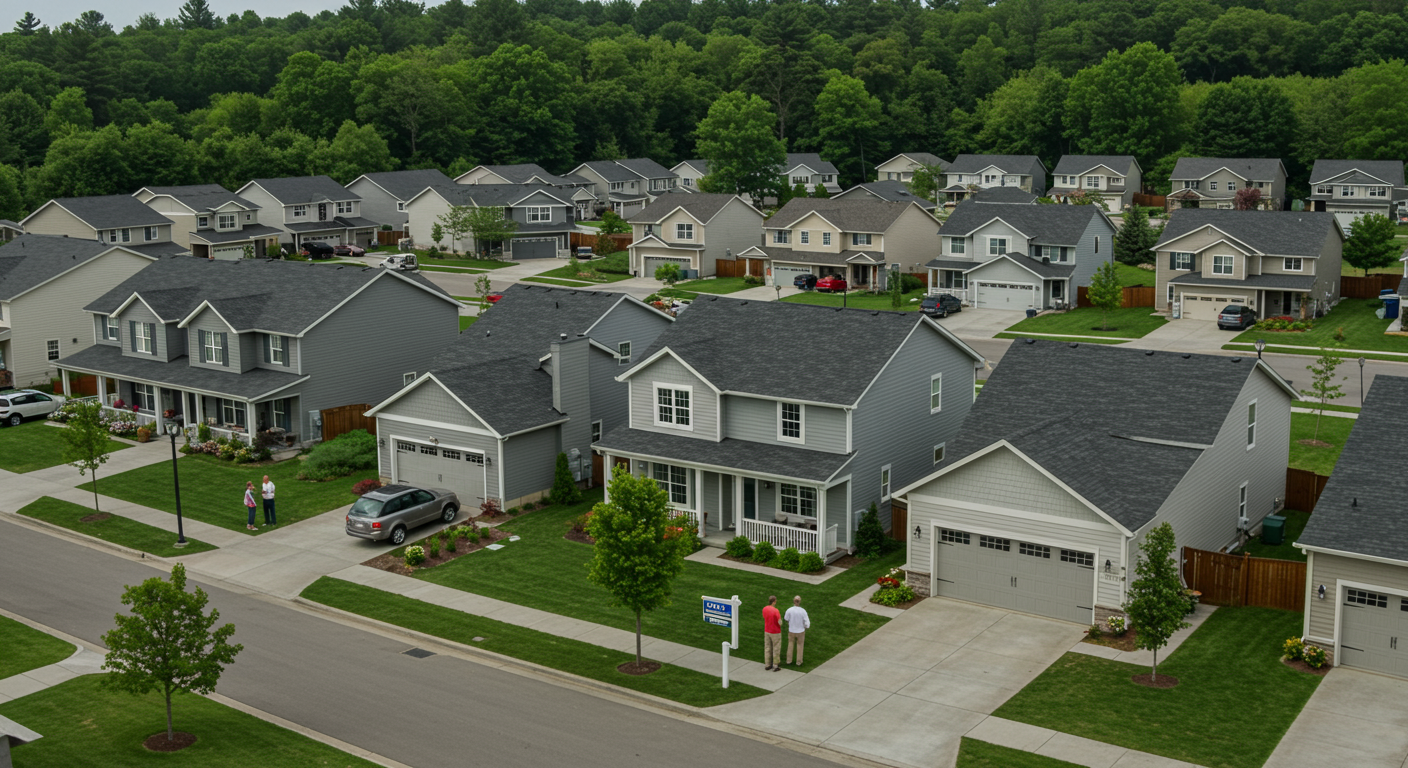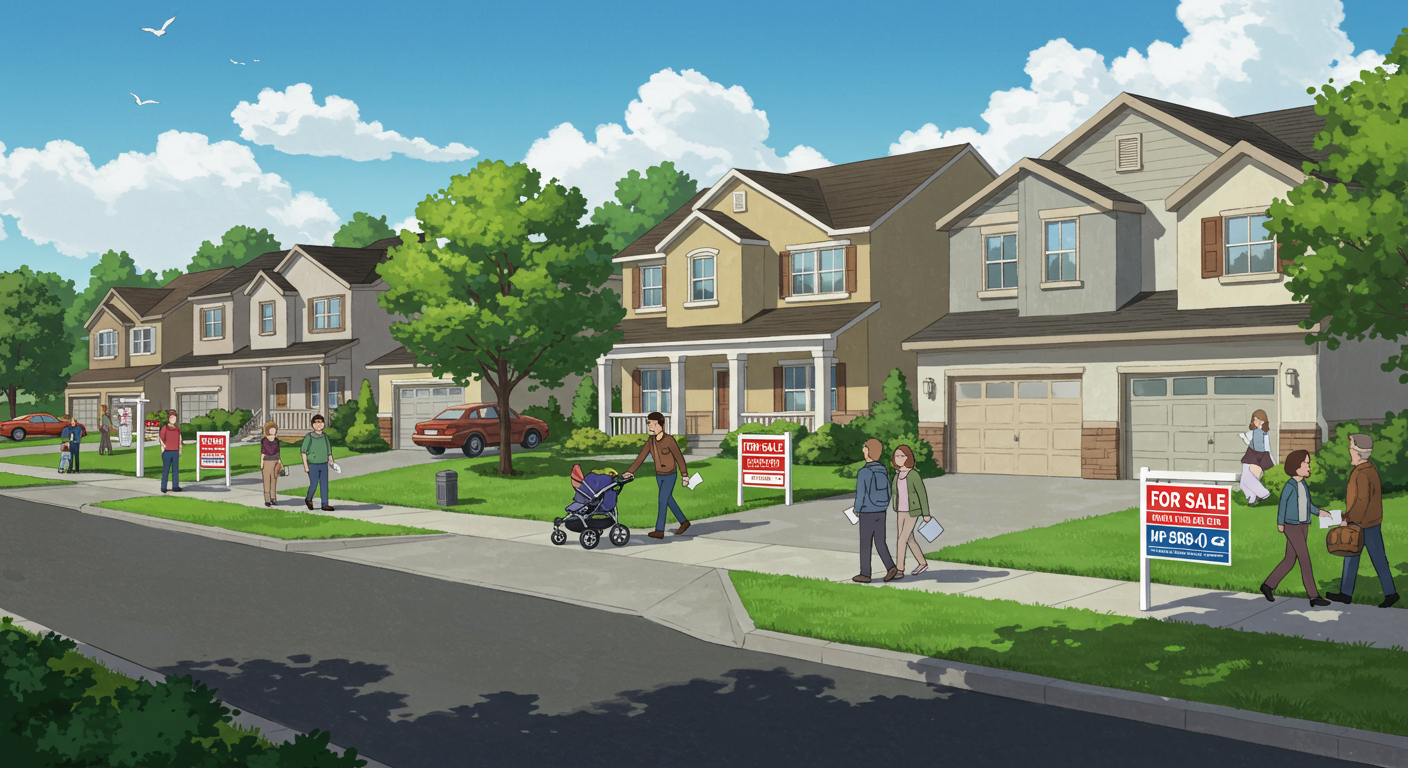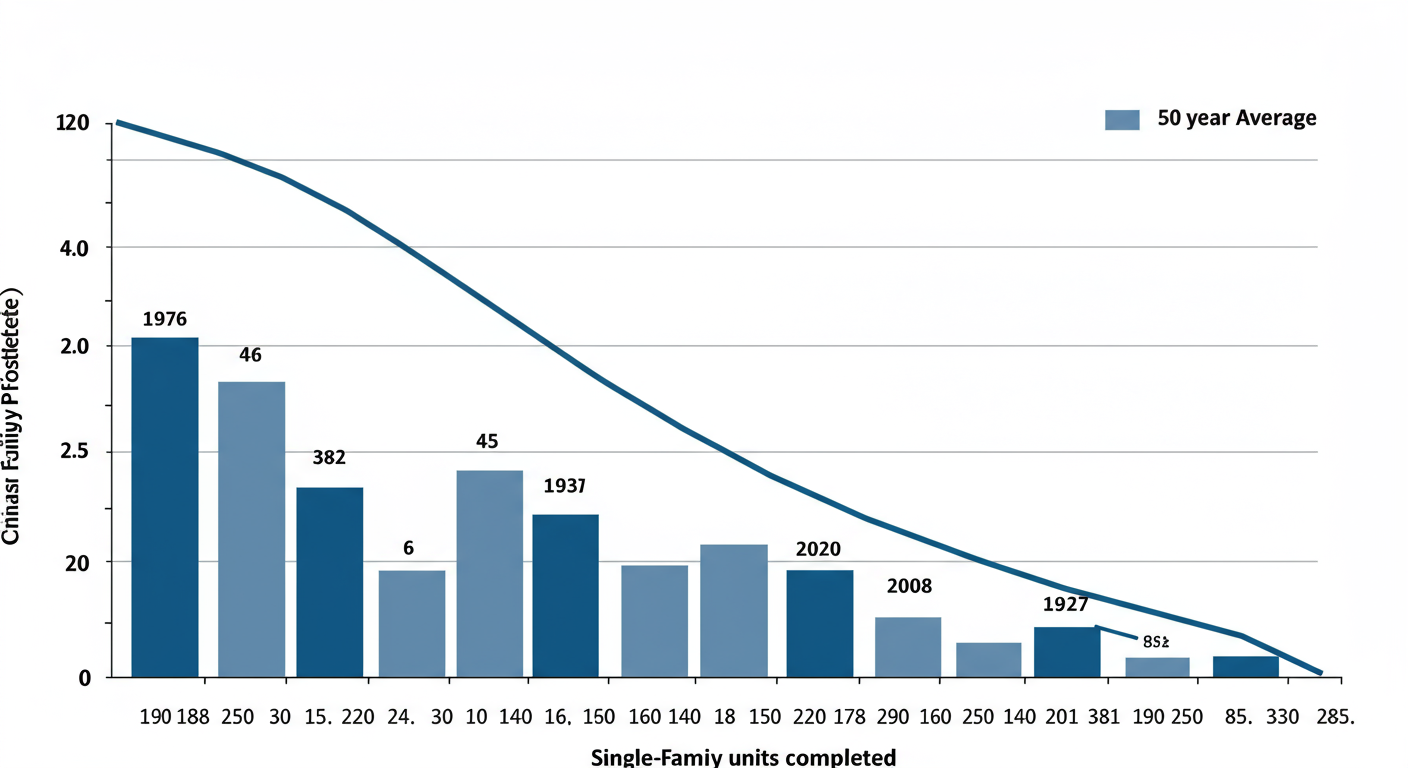Let’s begin this month with the topic of economic slowdown. According to The Wall Street Journal, recession fear surged among CEOs. Three-quarters of global CEOs say that we are in a recession or will be in the next 12 to 18 months. A recession is typically two consecutive quarters of negative GDP. We saw negative GDP in the first quarter of this year, and forecasts coming out of the Atlanta Fed predict an extremely low negative GDP in the second quarter.
Looking at the mortgage rates in prior recessionary periods going all the way back to the early seventies, we can see that in every recession mortgage rates fell.
Over the past five recessions, mortgage rates have fallen an average of 1.8 percentage points from the peak to the trough. Right now, the Fed is raising the funds rate to tame inflation, and in order to do that they have to slow down the economy. You may have heard of the Fed trying to engineer a “soft landing” in which growth is positive and moderate. If a soft landing is not engineered, then you end in recession – a likely outcome at this point.
Here is where it is important to remember that a recession does not equal a housing crisis. Four out of the last six times we were in a recession, homes appreciated in value. The two times they fell – marginally (1.9%) in the early nineties and in 2008 (an outlier due to lax lending standards).
Delving into an update on housing inventory, we are seeing the average number of offers received on a home for sale decline. We saw 5.5 offers in April, which decreased to 5, and then 4.2 in June. The rising mortgage rate environment is starting to soften demand. But, keep in mind, at an average of 4.2 offers on homes for sale, we are still well above the pre-pandemic norm, suggesting the market is still very competitive.
Over asking price offers are also declining, from 61% of offers over the asking price last month to now 55%. Not a huge decline, but certainly a softening or a moderation. All of this leading to a slower pace of sales and rising inventory levels – same inventory with fewer sales means more month supply.
The months supply of inventory was at a record low in January at 1.6 months, and the latest data is showing us at 2.6 months of inventory, so there are more options for buyers. Remember that a balanced market is six months of inventory – a number we haven’t seen since 2012.
New monthly listing counts are also increasing. More new listings are coming to market than last year and they are increasing at a faster pace.
We are projected to end the year at 5.4 million home sales by the end of 2022 if we continue at the pace we’re selling homes today, but we know that the pace of sales in slowing due to rising rates, economic pressures, and inflationary pressures. Definitely slower than the past two years, which were incredible years for real estate and an anomaly in the housing market. So we see the return to those pre-pandemic years, which were great years in real estate.
We still have far more buyers than we have sellers, which is continuing to put upward pressure on prices.
realtor.com’s originally projection for this year was a 0.3% increase in inventory. They have re-forecasted for the rest of the year a 15% increase in inventory – an increase likely representative of the slowing in the pace of sales and an uptick in new listings. Typically, a one month increase in supply translates to a 3% decline in annualized house price growth – something we are already seeing. Keep in mind that prices are still projected to increase, just at a more moderate rate. Decelerating home prices do not mean depreciating home prices. A decelerating environment means there’s appreciation, just at a more moderate rate – single digit growth as opposed to the double digit growth we have recently seen.
The average of the home price forecaster is 8.5% for 2022. Price will always be determined by supply and demand, so we will want to look at Home Price Expectation Survey.
The Home Price Expectation Survey is comprised of 100 economists and housing market experts across the country. The survey occurs each quarter and forecasts appreciation for the current year and the four years ahead – to make a five-year window. Again, we see that 8-9% range and then about 4% going forward.
With prices being determined by supply and demand, let’s take a look at supply first.
For the last 14 years, we have been below the 50 year average in the number of builds brought to market. Builders were affected greatly in 2008, and maybe may moved on to other vocations, but it looks like we will surpass the 50 year average soon.
The demand side is driven by millennials that are moving through the market. The millennial generation is the largest generation behind the baby boomers, and they’re moving through their peak home buying years. According to the National Association of Realtors® (NAR) Home Buyer survey, 81% of first-time home buyers fall in this category, and 43% in this age range.
Bottom Line
Experts don’t believe the market is in a bubble or a crash is in the cards like during the Great Recession.


